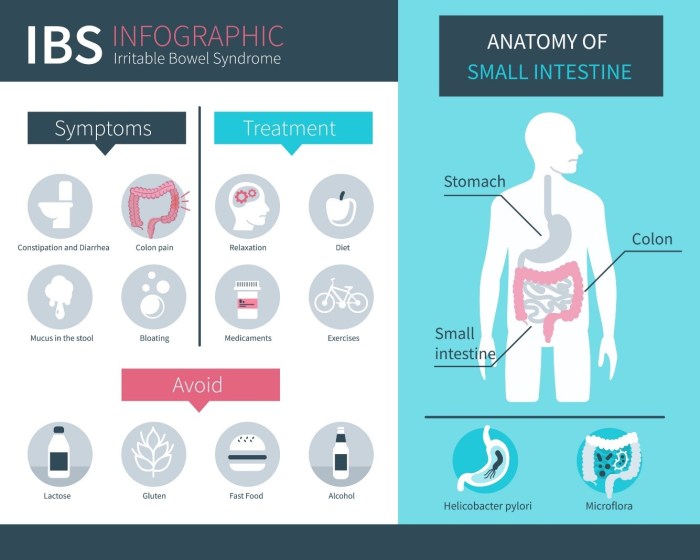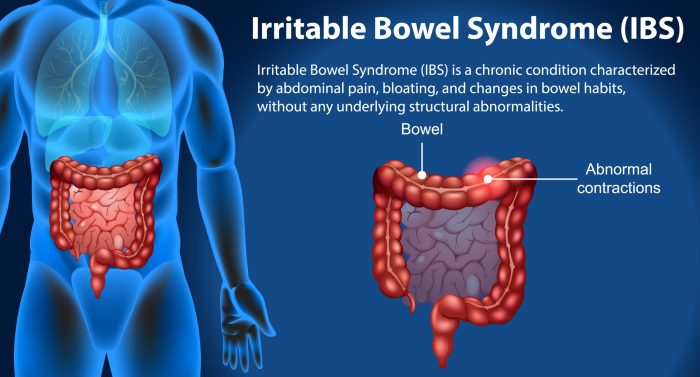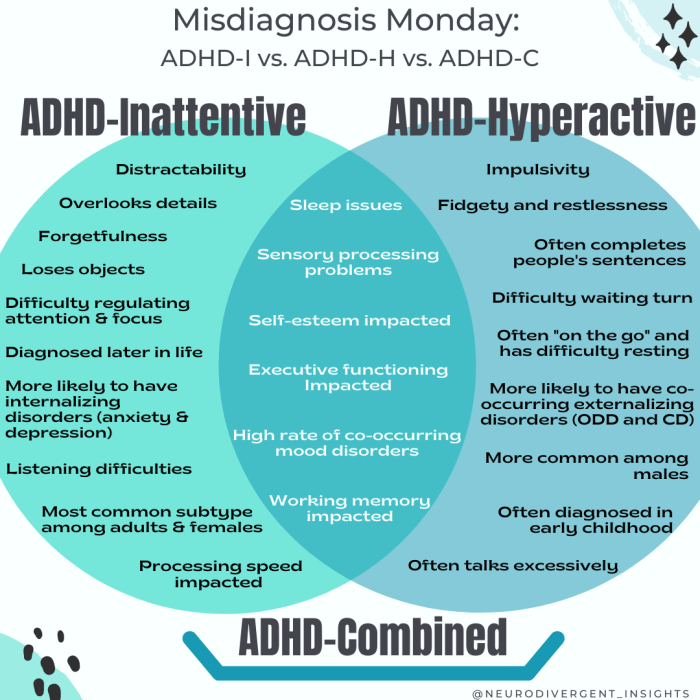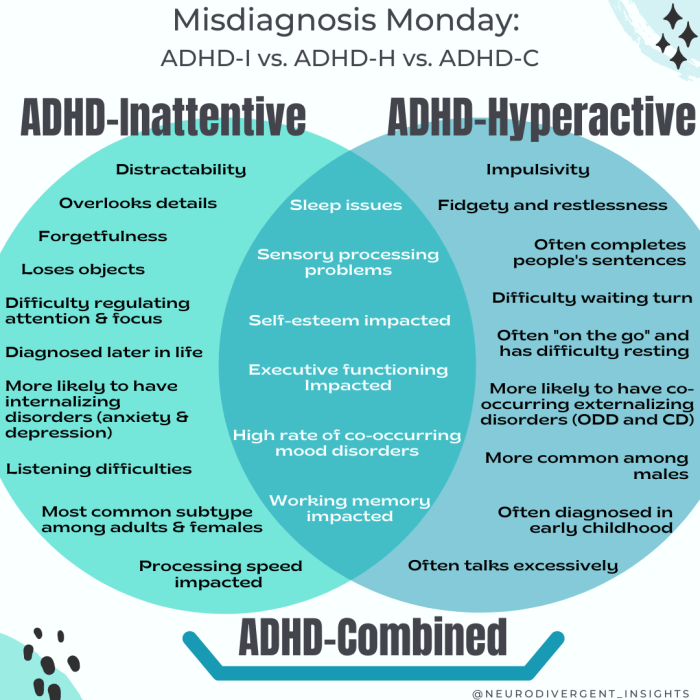Ice on neck calm down – a phrase that might seem unusual at first, but delves into a fascinating intersection of literal and figurative meanings. This exploration investigates the origins and cultural contexts behind the phrase, examining its potential uses in various situations. We’ll delve into the physical implications of applying ice to the neck, from pain relief to potential negative consequences.
Beyond the physical, we’ll uncover the metaphorical interpretations, exploring how ice represents emotional control and calming down. Prepare to uncover the surprising depths of this intriguing expression.
From ancient healing practices to modern-day metaphors, we’ll trace the evolution of this intriguing concept. We’ll explore its use in literature, music, and everyday conversation, uncovering the symbolic value of ice in representing emotional regulation. Ultimately, this journey aims to provide a comprehensive understanding of the phrase “ice on neck calm down,” encompassing both its literal and figurative interpretations.
Understanding the Phrase

The phrase “ice on neck calm down” evokes a sense of immediate, controlled composure. It suggests a deliberate, almost clinical approach to managing emotional distress, using a visual metaphor to symbolize the process of regaining control. The juxtaposition of coldness and the body part associated with emotion creates a potent image.The phrase likely originated from a combination of metaphorical language and possibly cultural associations with ice as a symbol of tranquility or composure.
Different cultures may have distinct interpretations, though the core idea of using a tangible image to represent emotional regulation is likely a universal concept. This concept might be further strengthened by the common experience of feeling a need to cool down physically or emotionally when stressed or overwhelmed.
Potential Origins and Cultural Contexts
The phrase’s origins are likely rooted in metaphorical language, drawing on the association of ice with coolness, calmness, and stillness. In some cultures, ice may be associated with serenity or the ability to remain composed in challenging situations. For example, in hot climates, ice is often used to cool drinks and bodies, thus implicitly linking the sensation of coolness to a state of calm.
Interpretations of the Phrase’s Meaning
The phrase “ice on neck calm down” can be interpreted in several ways. It could signify a need to physically or mentally cool down in the face of overwhelming emotions. Alternatively, it could represent a deliberate attempt to apply a measured approach to a stressful situation, akin to a strategic intervention. Furthermore, it might imply a need for self-regulation, using a tangible action (applying ice) as a metaphor for internal emotional control.
Different Ways the Phrase Might Be Used
The phrase could be used in various situations, from a parent soothing a child to a person trying to manage their own anxiety. A person might say it to themselves or to another person. In a professional setting, it could represent a strategy for de-escalation or regaining composure during a tense discussion.
Emotional and Psychological Connotations
The phrase carries emotional connotations of needing to regain control, potentially involving a temporary detachment from the intensity of emotions. The psychological aspect might be linked to the physiological response to applying ice to the neck – the sensation of coolness can be calming and grounding. This cooling effect can act as a metaphor for emotional regulation, suggesting a method to slow down racing thoughts and feelings.
Imagery of Ice and Neck
The imagery of ice on the neck directly links the external application of cold to the internal need for composure. The neck, as a focal point of the body, connects to the emotions and sensations we experience. Applying ice to the neck symbolizes a physical act to counter the overwhelming sensations, thus creating a sense of control and grounding in the face of intense emotion.
Physical Implications

Applying ice to the neck, a common home remedy, can have various physiological effects. Understanding these effects can help determine when and how to use ice packs for pain relief and injury management. This section delves into the mechanisms behind ice therapy, different application methods, and considerations for safe and effective use.Ice therapy, also known as cryotherapy, works primarily by constricting blood vessels and reducing inflammation.
This localized cooling effect minimizes swelling and decreases pain signals transmitted to the brain. The reduced blood flow also helps to decrease muscle spasms, a common response to injury or pain.
Potential Physiological Effects
Ice application to the neck area causes vasoconstriction, a narrowing of blood vessels. This reduces blood flow to the affected area, thereby decreasing the delivery of inflammatory mediators. The lowered temperature also slows down metabolic processes, further reducing inflammation and pain. Furthermore, ice application can help reduce muscle spasms by decreasing nerve impulse transmission, leading to relaxation of the muscles.
Methods of Applying Ice to the Neck
Proper application of ice is crucial for maximizing its effectiveness and minimizing discomfort. Using a cold pack directly on the skin can cause skin irritation and frostbite. Therefore, a thin layer of protection is often necessary. Common methods include using a reusable ice pack wrapped in a thin towel or a plastic bag filled with ice water and wrapped in a cloth.
Applying ice for 15-20 minutes at a time, with breaks in between, is generally recommended to avoid skin damage.
Comparison of Ice Application Methods
Different methods of ice application can be employed based on the specific needs of the individual and the nature of the injury. A reusable gel pack, for example, can be placed directly on the neck, providing consistent cooling without the risk of breakage like a plastic bag of ice. However, a cloth-wrapped ice pack may be more suitable for individuals with sensitive skin.
Examples of Situations for Ice Application
Ice packs are useful in various situations involving neck pain or injury. They can be applied after a sports injury, such as a whiplash, or to alleviate muscle soreness following strenuous activity. In cases of stiff neck from prolonged stress or poor posture, ice can help reduce pain and discomfort. Also, ice can help in reducing pain and swelling from a pulled neck muscle.
Table of Ice Pack Types and Uses
| Type of Ice Pack | Description | Appropriate Uses |
|---|---|---|
| Reusable Gel Pack | Made of a gel material that can be frozen and reused. | General pain relief, muscle soreness, and inflammation after minor injuries. |
| Plastic Bag with Ice Water | A plastic bag filled with ice water and wrapped in a towel. | Suitable for quick cooling after injury or muscle strain. Provides a cooling effect. |
| Commercial Ice Packs | Pre-made packs often containing gel or other cooling materials. | Wide range of applications, from sports injuries to general pain relief. |
Figurative Interpretations
The phrase “ice on your neck, calm down” transcends its literal meaning, often carrying deeper metaphorical weight. It suggests a method of achieving composure, not through physical application, but through a mental or emotional approach. This figurative usage speaks to the ability to cool one’s temper and regain emotional equilibrium. Understanding these metaphorical dimensions unveils a richer tapestry of meaning than the simple act of placing ice on a sore neck.
Ever noticed how ice on your neck can surprisingly calm you down? It’s a simple, almost meditative technique. Finding ways to manage discomfort, whether it’s a sore throat or just feeling overwhelmed, is key. Speaking of soothing, have you ever wondered about dealing with vaginal odor? Knowing how to manage it is important for overall comfort.
Check out this helpful guide on how to get rid of vaginal odor. Ultimately, finding healthy and effective ways to soothe your body, whether it’s a cooling compress or a more holistic approach, is crucial. And ice on your neck, surprisingly, does just that.
Literal vs. Figurative Use
The phrase “ice on your neck, calm down” possesses a dual nature. A literal interpretation involves the application of ice to a sore or injured neck to reduce inflammation and pain. A figurative interpretation, however, employs the concept of ice as a metaphor for achieving emotional tranquility. This nuanced difference highlights the phrase’s capacity to convey both physical and psychological states.
| Aspect | Literal Use | Figurative Use |
|---|---|---|
| Action | Physical application of ice | Mental or emotional process of calming down |
| Purpose | Reduce pain and inflammation | Reduce emotional distress and regain composure |
| Target | Sore neck | Emotional state |
| Method | External application | Internal regulation |
Metaphorical Meanings of Ice
The use of ice as a metaphor for calming down evokes a sense of controlled coolness and detachment. It suggests a temporary suppression of intense emotions, akin to the way ice slows or halts the flow of heat. This is a powerful symbolic representation, particularly in contexts involving emotional turmoil or anger. The coolness of ice contrasts with the heat of strong emotions, implying a transition from a state of agitation to a state of composure.
Figurative Usage Examples
The phrase “ice on your neck, calm down” can be used metaphorically in various situations. Imagine a friend arguing with their significant other; a friend might suggest, “Just take a deep breath and let the ice settle on your neck. You’ll calm down.” In this context, the phrase serves as a gentle suggestion to manage emotions. This approach acknowledges the emotional nature of the conflict while encouraging a process of emotional self-regulation.
Situations for Figurative Use
The phrase “ice on your neck, calm down” finds metaphorical application in numerous situations. It’s suitable for:
- Arguments or Conflicts: When tempers flare and rationality wanes, the phrase can be used to encourage emotional restraint and a cooling-off period.
- Overwhelmed Emotions: When individuals are facing overwhelming stress or anxiety, the phrase can be used as a reminder to prioritize emotional regulation.
- Anger Management: In situations requiring anger management, the phrase might be a useful analogy for the process of cooling down and regaining control.
Examples in Literature, Poetry, and Music
While a precise quote using the exact phrase “ice on your neck, calm down” might be rare in literature, the concept of emotional cooling is frequently depicted. A character experiencing overwhelming rage might be described as needing to “let the icy grip of calm settle over them.” This is a literary technique for portraying emotional turmoil and the process of regaining control.
Symbolic Value of Ice
Ice, in many cultures and contexts, symbolizes emotional control, calmness, and detachment. The cold, hard nature of ice contrasts with the heat of strong emotions, highlighting the importance of managing and regulating these feelings. This representation underscores the significance of emotional intelligence and the ability to maintain composure amidst adversity.
Potential Negative Implications
Applying ice to the neck, while sometimes a helpful method for managing discomfort or promoting relaxation, can also have negative consequences if not used correctly. Understanding these potential downsides is crucial for ensuring safety and effectiveness. This section will delve into the risks and precautions associated with ice application to the neck, highlighting situations where it might be detrimental.Applying ice directly to the skin, particularly for extended periods, can lead to localized tissue damage and other undesirable side effects.
The cold temperature constricts blood vessels, reducing blood flow and potentially hindering the body’s natural healing processes. This is why careful consideration of the duration and method of application is vital.
Potential Risks of Ice Application
Understanding the potential risks associated with ice application is paramount to using this method safely. Applying ice to the neck, like any cold therapy, can lead to various negative outcomes if not implemented with caution. The cold can cause skin irritation, numbness, and discomfort.
Situations Where Ice Application Might Be Harmful
Certain situations necessitate caution when applying ice to the neck. For instance, individuals with pre-existing circulatory problems or conditions affecting blood flow should exercise extreme caution, as the cold could exacerbate these issues. Applying ice to an already injured or inflamed area might worsen the condition. In these cases, consulting a healthcare professional is highly recommended.
Safe Practices for Ice Application
Maintaining safety during ice application is paramount. Applying ice for short periods, such as 15-20 minutes at a time, is a good practice. Using a thin layer of fabric or a towel between the ice pack and the skin can prevent direct contact and minimize the risk of frostbite or skin irritation. Monitoring the skin’s response and discontinuing use if any discomfort arises is crucial.
Potential Side Effects
Applying ice to the neck, like any therapeutic intervention, can result in various side effects. These side effects range from mild discomfort to more severe reactions. The most common side effects include localized numbness, tingling, and redness. Less common, but still possible, side effects include frostbite, skin irritation, and, in rare cases, more significant complications related to underlying health conditions.
It’s essential to be aware of these potential side effects and discontinue use if any adverse reactions occur.
Table of Risks and Precautions
| Risk | Description | Precautions |
|---|---|---|
| Frostbite | Damage to the skin and underlying tissues caused by extreme cold. | Apply ice for short periods, use a protective layer, and monitor skin response. |
| Skin irritation | Redness, itching, or soreness of the skin. | Use a thin layer of fabric or a towel, avoid prolonged application, and discontinue if discomfort arises. |
| Circulatory problems | Exacerbation of pre-existing circulatory conditions. | Avoid ice application if you have pre-existing circulatory problems or conditions affecting blood flow. Consult a healthcare professional if unsure. |
| Numbness/tingling | Loss of sensation in the area treated. | Monitor for numbness and tingling, apply ice for short periods, and discontinue if discomfort arises. |
| Delayed healing | Ice can potentially hinder the body’s natural healing processes. | Apply ice in short intervals, and prioritize appropriate medical care for injuries. |
Related Concepts
The phrase “ice on neck calm down” evokes a powerful image of applying a cooling element to instantly quell emotional turmoil. This metaphorical use of ice suggests a desire for rapid and immediate emotional regulation. Exploring related concepts allows us to understand the underlying psychological mechanisms and potential applications in various contexts.Understanding the mechanisms behind emotional regulation is key to appreciating the “ice on neck” metaphor.
The feeling of cool, soothing ice on the skin can be a trigger for a physiological response that, in turn, can help regulate the body’s response to stress. This is often used as a metaphorical representation of a need for a similar emotional reset.
That ice on my neck really helps calm me down, you know? It’s a simple, almost primal, soothing sensation. But sometimes, similar feelings of tightness and pressure can be more serious, like the symptoms linked to pulmonary arterial hypertension causes. Understanding the potential causes behind these conditions is crucial for taking the right steps towards better health.
pulmonary arterial hypertension causes can be complex, but thankfully, the ice on my neck still works wonders for a quick chill and a calming moment.
Comparison to Similar Phrases
The phrase “ice on neck calm down” utilizes the metaphor of cooling to represent emotional regulation. Many other idioms and metaphors similarly express the desire for emotional control. These phrases, while varying in their imagery, often center on the idea of finding temporary or lasting relief from emotional distress.
Table of Similar Idioms/Metaphors
| Phrase | Figurative Meaning |
|---|---|
| “Cool down” | To reduce or calm emotional intensity. |
| “Take a deep breath” | To center oneself and regain composure. |
| “Step back and think” | To gain perspective and clarity. |
| “Count to ten” | To use a structured process to avoid impulsive reactions. |
| “Ground yourself” | To connect with the present moment and regain stability. |
| “Calm your nerves” | To reduce physiological symptoms of anxiety. |
Related Concepts in Emotional Regulation
Emotional regulation encompasses a range of cognitive and behavioral strategies used to manage emotions. This includes techniques like mindfulness, deep breathing exercises, and cognitive restructuring. These techniques aim to help individuals develop awareness of their emotions and learn to manage them effectively.
That ice on my neck is definitely helping calm things down! It’s amazing how quickly cold can soothe a sore spot. And while I’m on the subject of soothing, did you know that eating a balanced diet packed with nutrients like vitamins and minerals can also strengthen your immune system? Foods like citrus fruits and leafy greens are great for this, and checking out foods that boost immune system can give you some more ideas.
So, back to the ice – it’s definitely my go-to for quick relief.
Therapeutic Applications
The concept of “ice on neck calm down” can be applied in various therapeutic settings to help clients manage their emotions. For example, in anger management programs, the phrase could symbolize the need for a cooling-off period before responding to triggers. In stress management programs, the metaphor could be used to highlight the importance of relaxation techniques in reducing emotional intensity.
Relationship to Relaxation Techniques
The physical sensation of cold on the neck can trigger the parasympathetic nervous system, promoting relaxation. This is why relaxation techniques often involve sensory input, such as deep breathing, guided imagery, or progressive muscle relaxation. The “ice on neck” metaphor mirrors the role of these techniques in inducing a physiological state of calm.
Similar Phrases in Other Languages, Ice on neck calm down
Various cultures express similar ideas using different imagery. A comprehensive list of equivalents in different languages would require extensive research. However, some examples of phrases related to calming down in different languages highlight the universality of the human need for emotional regulation.
- Spanish: “Tomar aire” (to take air/breathe)
-Emphasizes the importance of slowing down and centering through breathing. - French: “Se calmer” (to calm down)
-A direct translation reflecting the general need for emotional reduction. - German: “Ruhig werden” (to become calm)
-Highlights the process of achieving a calm state. - Japanese: “Shitsurei shimasu” (excuse me)
– While not directly about calming down, it can reflect a moment to pause before responding and regaining composure.
Illustrative Examples
The phrase “ice on neck calm down” evokes a sense of needing a cool-headed approach to a stressful situation. It suggests a need for a temporary detachment, a pause to regain composure before reacting. Understanding its use requires looking at the context and the specific emotions it aims to address. This section will provide a range of examples to demonstrate the versatility of this phrase.
Scenarios for Use
The phrase “ice on neck calm down” can be employed in a variety of situations, reflecting its adaptability to different emotional states.
| Scenario | Contextual Use |
|---|---|
| Argument with a loved one | “You’re both heated. Take a moment, put some ice on your neck, and calm down before you say something you’ll regret.” |
| Overwhelmed at work | “The project deadline is looming, and you’re feeling stressed. Take a few minutes, put some ice on your neck, and calm down. Then you can think clearly.” |
| Dealing with a sudden crisis | “The car’s broken down in the middle of nowhere. You’re panicking. Put some ice on your neck and calm down. We’ll figure this out.” |
| Public speaking anxiety | “You’re about to give a presentation. Your heart’s pounding. Put some ice on your neck, and calm down. You’ve got this!” |
Short Stories and Dialogues
The following examples illustrate how the phrase can be used in various conversational settings.
“The phone rang, and Sarah’s face went pale. ‘Mom, I’ve lost my keys. I’m so stressed!’” Her father said, “Take a deep breath. Put some ice on your neck and calm down. We’ll find them together.”
“Mark slammed the door. ‘I can’t believe she did that!’ His friend, Liam, replied, ‘Man, you’re furious. Put some ice on your neck, and calm down. You’ll see things more clearly later.’”
Usage in Different Media
The phrase “ice on neck calm down” can be effectively employed in various forms of media, each conveying a slightly different tone.
- Social Media Post: “Ugh, this traffic is driving me crazy! Anyone else? Need some ice on my neck and a calm down.” (Accompanied by an image of a stressed-looking person in a car)
- Poem: “A tempest raged within, a storm of strife, My heart ablaze, my spirit rife. Ice on neck, a whispered plea, To calm the chaos, set me free.” (Accompanied by a visual representation of someone applying ice to their neck)
- Song Lyric: “Pressure mounting, anxieties high, My mind’s a whirlwind, reaching for the sky. Ice on neck, a moment to pause, And find the strength to conquer these laws.” (Accompanied by a visual representing a person finding peace)
Visual Representation
These descriptions aim to illustrate the context in which the phrase “ice on neck calm down” might be used.
Image 1: A person sitting on a park bench, visibly distressed, with an ice pack on their neck. The surrounding environment is serene, showcasing a contrast between the internal turmoil and external calmness.
Image 2: A close-up of someone’s hands gently placing an ice pack on their neck. The expression on their face is one of deep relaxation, highlighting the phrase’s role in stress reduction.
Image 3: A person in a crowded office, surrounded by papers and computer screens, with an ice pack on their neck. The image conveys the feeling of overwhelm and the need for a moment of calm in a fast-paced environment.
Final Wrap-Up: Ice On Neck Calm Down
In conclusion, “ice on neck calm down” offers a compelling blend of literal and figurative meanings. While physical applications for pain relief are clear, the phrase’s metaphorical use as a tool for emotional regulation is equally profound. From its possible origins to potential risks, this exploration reveals a multifaceted expression with surprisingly deep roots in both physical and psychological well-being.
Hopefully, this exploration has broadened your understanding of this captivating phrase and its various interpretations.




























